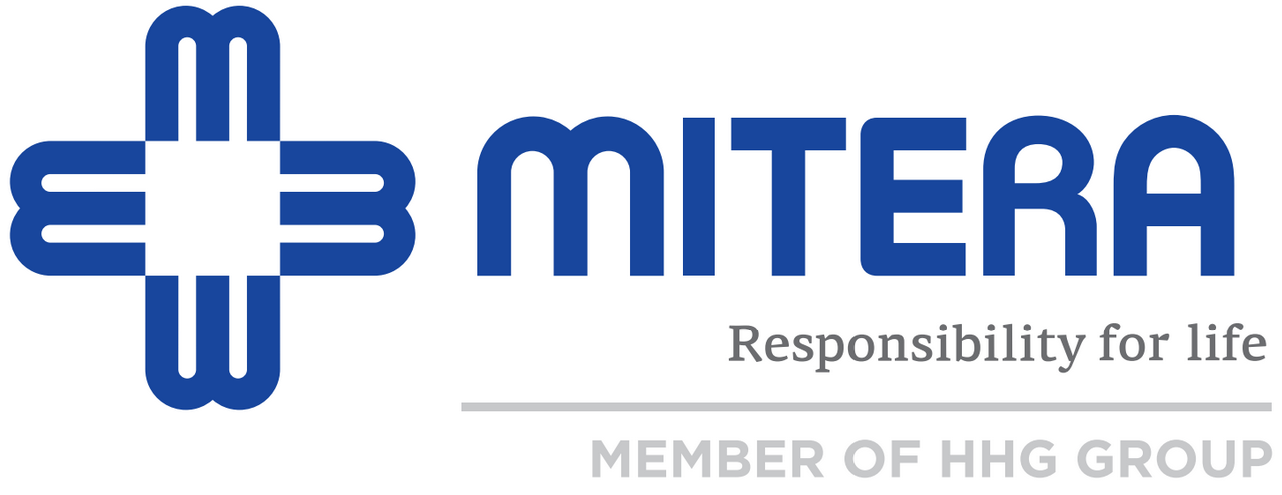Respiratory Physiotherapy
The main symptom of both diseases is expectoration and, as a result, difficulties in breathing. Respiratory physiotherapy can help the child and complement the treatment scheme proposed by the pediatrician.
Written by
Sissy Ntouliou
Physiotherapist, Scientific Partner of MITERA Children’s Hospital
Children up to the age of 8 years face various health problems associated with their respiratory system since this system is still maturing before becoming fully functional. The phenomenon occurs very often. There are also cases related to occasional inflammations of the respiratory system (viral infections) as well as cases of serious underlying pathology (i.e. Cystic fibrosis).
Bronchitis occurs often during the less warm months. Most of the children have faced at least one respiratory inflammation at some point in between age of 7 and 10 years. Parents get much worried when this happen repentantly. Bronchitis is also one of the regular causes for absence from school and particularly from pre-school. At the beginning, the child has a running nose and parents are not worried. Then, coughing is added to the child’s symptoms. The cough is first dry and irritating and then gets wet. Treatment should in all cases be suggested by the paediatrician, who will conclude on the diagnosis, propose adequate medication and will decide whether the child stays at home or go to a hospital. Then, a specialised physiotherapist should be consulted in order to assist to the child’s quick recovery.
The role of physiotherapy
One of the most serious complications of the inflammations that should be handled by the physiotherapist is the stagnation of secretions on the airways of the lungs and failure to clear. As the amount of secretions increases it gets harder for the air to pass through the airways.
Parents hear a high-pitched whistle sound as the child breathes. Respiratory physiotherapy is aimed at clearing thick and prolific secretions from the lungs, allowing air to pass through and reach the alveoli, preventing, thus, the lack of gas exchange within alveoli (atelectasis).
The physiotherapist starts therapy by positioning the child properly so the secretions in the lungs will flow with gravity from the smaller airways to the larger airways. Chest percussion, shaking and vibration are common maneuvers used by the physiotherapist to assist this flow. Secretions can then be removed by coughing or suctioning. Usually, children up to the age of 10 to 12 years prefer to suction these secretions instead of spitting them. Secretions then reach the stomach and finally the intestine. For that reason, many children have mucoid stool. A relatively small percentage of children do remove secretions from the stomach through vomiting. In that case vomit contains mucus.
When secretions are too many and they are quickly produced, it is really necessary to be removed from the organism as quickly as possible. For that reason, the aforementioned maneuvers for secretions flow should be repeated regularly during the day. Parents should learn from the therapist how to assist their child.
After removing as many secretions as possible from the alveoli it is necessary to allow air pass through them. The quantity of air taken in during a normal inhalation is not enough. For that reason, we should encourage the child to various respiratory movements that bring about greater ventilation of the lungs, improving, thus, lungs expansion. The oldest the child the easier and more effective is that process. Proposed respiratory movements involve simple games such as balloons, candle blowing, etc.
The role of the parents
It is very important for the child to actively participate in treatment and it is also important that therapy does not involve any pain or fear. For that reason, the physical presence of the parents plays a significant role. Parents should get detailed information as regards treatment with Respiratory Physiotherapy. It is also very important to have a close cooperation between the pediatrician and the physiotherapist in order to assess the child’s progress and modify treatment, if necessary.
Bronchitis and bronchiolitis are among the most common diseases for children up to the age of 10 years.


